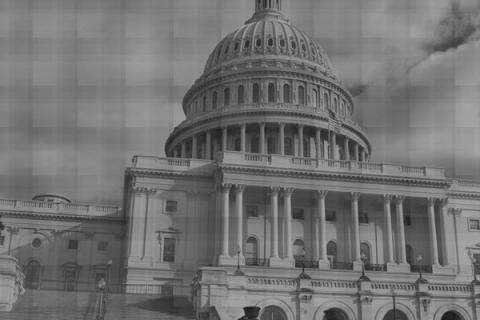The American Civil Liberties Union of Northern California says in a new report that state funds allocated to county jails for the influx of inmates from the state prison population are being used counter to the spirit of a prison realignment plan. The ACLU believes that counties should be spending money provided by the new law on more alternatives designed to prevent low-level offenders from committing future crimes, rather than repeating mistakes made by the state.
The report, "Public Safety: California at a Crossroads," contains brief profiles of the 25 California counties receiving the most money in response to the October 2011 act, which shifted incarceration responsibilities and funds for nonviolent felons from the state to individual counties in an effort to comply with court orders for relief from prison overcrowding. In its study, the ACLU has categorized where funding is going for these counties, including things like health, treatment and services. Programs that reduce repeat criminal offenses through alternative methods than incarceration are highlighted.
The state's “realignment” plan has already reduced the state's prison population by 22,440 inmates, about 15 percent. But most of the billions of dollars in funds that have left the state institutions along with the inmates have gone to building or expanding jails, says the ACLU in its report. Counties have allocated anywhere from 16 percent to 88 percent of realignment funds to go toward jail expansions in their individual budgets, says the report.
The ACLU maintains that cheaper alternatives called for in the realignment law are, many times, being ignored. These include electronic monitoring, vocational training, as well as drug and mental health treatment.
The report emphasizes model programs from two counties that the ACLU believes properly deal with the problem of jail overcrowding. By releasing more inmates who are awaiting trial on their own recognizance or under supervision, the ACLU says counties can save money, reduce recidivism, and keep jail populations under control without endangering public safety. As noted in the report, about 71 percent of California jail inmates have yet to be convicted of any crime and are still awaiting trial.
Another ACLU recommendation: the state should revise its formula for allocating realignment funds based off of a merit system that rewards counties who had programs already in place to reduce the number of inmates sent to state prison before realignment took effect.
Sheriffs in most California counties have come out against the ACLU recommendations. Stanislaus County Sheriff Adam Christianson echoed the sentiments of colleagues when he told the Contra Cost Times that sheriffs have to take a "hybrid approach" with jail funds.
"Here's what the ACLU needs to understand -- I'm not just building jail beds," Christianson said, according to the Times. He added that he's also “replacing a jail that burned down, putting in a day-reporting center, building a new medical unit for mentally ill and sick inmates and adding classrooms to serve the new population of felons, who will be locked up longer.”

